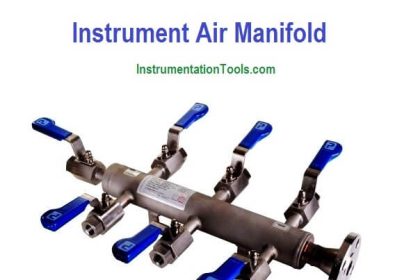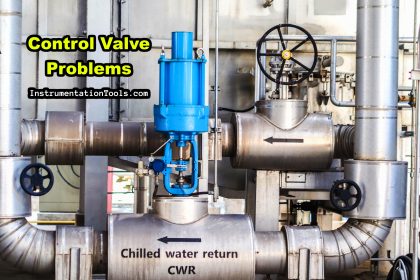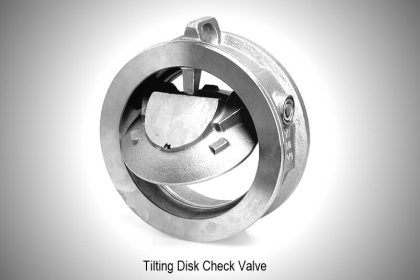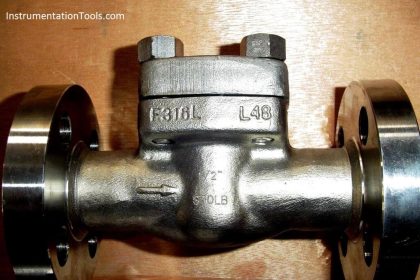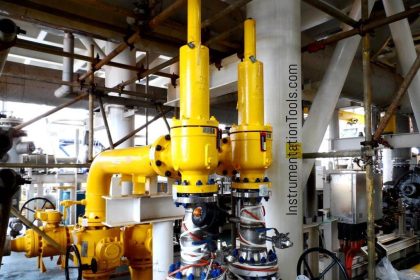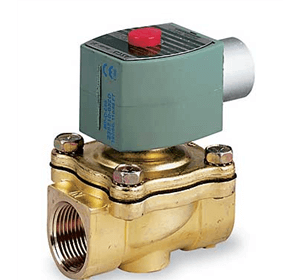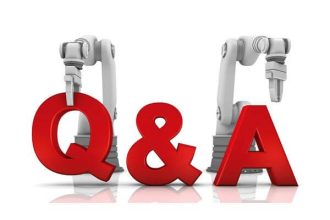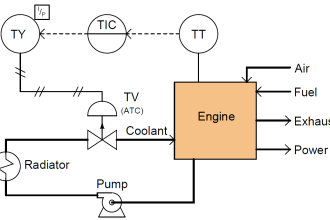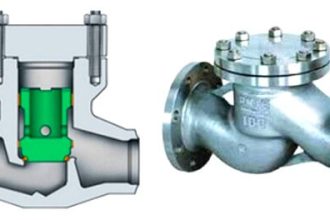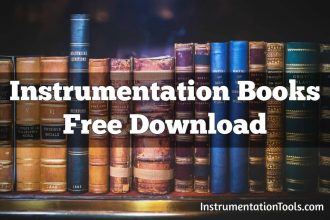A self-actuated temperature regulator don’t require an external power supply or air supply to regulate the temperature of a process, so it requires only a few components.
The self-actuated temperature regulator is used to bring down or increase the flow rate of a process variable like steam when the temperature at the measuring point rises or falls.
The temperature regulators are usually denoted on the flow sheet by the TCV symbol. Most of the units are blind (TVC), some of the manufacturers supply with dial gauges mounted on self-actuated temperature regulators (TCV) available in °F or °C.
A self-actuated temperature regulator consists of actuating element and actuator with a valve body (integral unit). Actuating element consists of a bulb, also with capillary tubing.
The bulb may be made of copper, stainless steel, steel, or coated with PVC or Teflon material. The body is made of bronze, Iron, Stainless steel, etc.
Self-actuated Temperature Regulator Principle
The self-operated temperature regulator consists a capillary tube filled with a fluid between the bulb and valve actuator.
The bulb is called as a temperature measuring element and it is installed in the process pipeline. When the process temperature increases then the fluid in the capillary tube will expands and increases the force on the actuator such that it will move the valve stem accordingly. The same way this valve will operate in reverse direction when the temperature of the process decreases.
So in brief, measuring unit (bulb) of self-operated temperature regulators absorbs the thermal energy it requires from the process medium and releases enough force to move the valve stem using a capillary tube for automatic control of the required process temperature. With the valve open and close the flow rate of process fluid (for example steam) will be adjusted.
Self-actuated temperature regulation is as follows
- When the medium is heated, the filling liquid in the operating element or bulb expands and applies the actuating force to the valve unit.
- The valve closes opposing the spring force, thereby bringing down the flow of heating media.
- When the flow is reduced, the temperature falls until a new balance of force, and hence a new valve position is attained.
Types
Self-actuated temperature controller operated in two ways
- Direct Operated
- Pilot Operated
Direct-Operated Self-actuated Temperature Controller
In the direct operated type, the thermal actuator is directly actuated by the expansion of fluid in the bulb using a capillary tube.
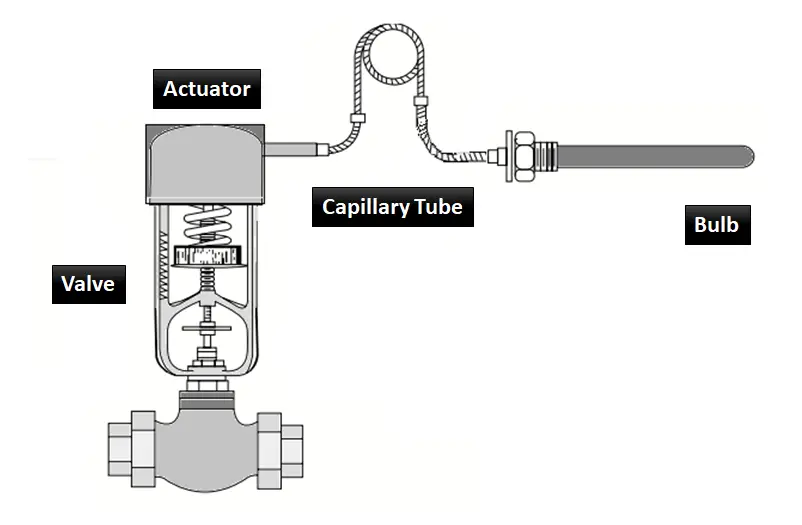
In the direct operated type, the power unit of the thermal actuator is directly connected to the plug unit and develops the force and travel necessary to fully open and close the valve.
Direct actuator regulators are available in single-unit construction, lower in cost, and more truly proportional in action.
Pilot-Operated Self-actuated Temperature Controller
Similarly, the process temperature will make the bulb expand or compress, and this in turn applies as a force on the thermal actuator via a capillary tubing. This actuator valve stem again controls a pilot valve.
The pilot valve may be located internal or externally of a valve.
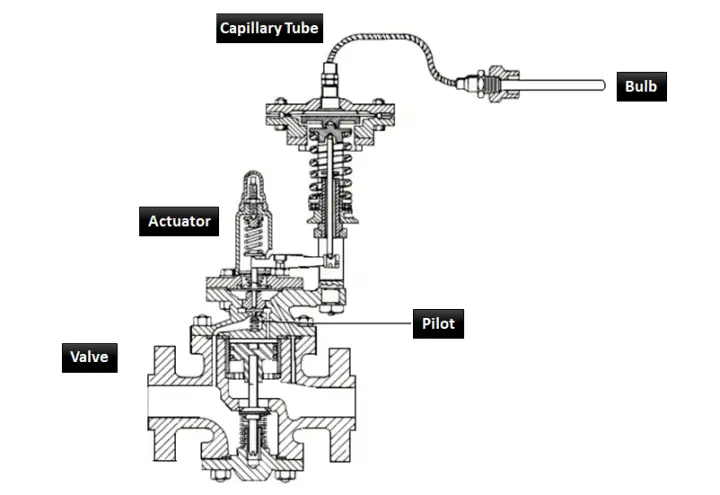
This pilot controls the actual amount of pressure energy from the fluid through the valve to a diaphragm or piston. This in turn develops power and thrust to position the main valve plug.
Compared to the direct actuated type, pilot actuated are have smaller bulbs, faster response, and narrow proportional band.
Pilot actuated regulators provide good accuracy over direct actuated.
Temperature Regulators
There are two styles of temperature regulators.
- Remote sensing and
- Self-contained regulators.
The selection depends upon a particular application.
Remote Sensing Regulator
In this case, the bulb (primary detecting element) is separate from the power element (bellows, diaphragm, and so on) of the thermal actuator and is usually connected to it by the flexible capillary tubing.
This type of regulator (TCV) senses the heat to measure and regulate the temperature of the process by throttling the heating or cooling medium (the controlling agent).
Self-contained Regulators
This kind of system contains the entire thermal actuator within the valve body. The actuator serves as a primary sensing element.
Hence, the self-contained style can sense only the temperature of the fluid that is flowing through the vale.
The fluid is both the controlling agent and the controlled medium. By regulating the process flow, the device regulates the temperature of the fluid.
Self-contained temperature regulators are usually come up with liquid expansion or fusion-type thermal elements.
Advantages
- Capillaries can be interchanged.
- Regulators are compact in size, costs less than a control loop.
- Simple in design, and operation.
- Economical, as savings in both purchase and installation costs.
- No external power source, no air supply is required.
- Quick, easy, and require little maintenance.
- Rapid response and good temperature control in the laboratory, household applications.
Disadvantages
In self-actuated regulators with diaphragm element, failure of the diaphragm causes the main valve to open which leads to passage of process fluid through the main valve, which is not undesired.
Applications
Self-actuated temperature regulators are used for so many process applications like duct hot air, tank hot water temperature regulation, mixing and diverting with a three way valve also in laboratory applications
The below figure illustrates the typical temperature regulation of steam for hot water temperature control.
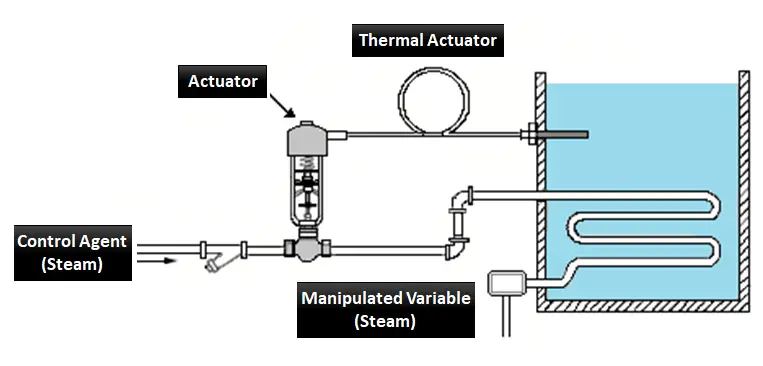
Reference: Instrument Engineer’s Hand book Process control and Optimization by Bela.G. Liptok.
If you liked this article, then please subscribe to our YouTube Channel for Instrumentation, Electrical, PLC, and SCADA video tutorials.
You can also follow us on Facebook and Twitter to receive daily updates.
Read Next:
- Basics of Valve Actuator
- Types of Valve Actuators
- Relation between Kv and Cv
- Types of Valve Failures
- Control Valve Calibration
